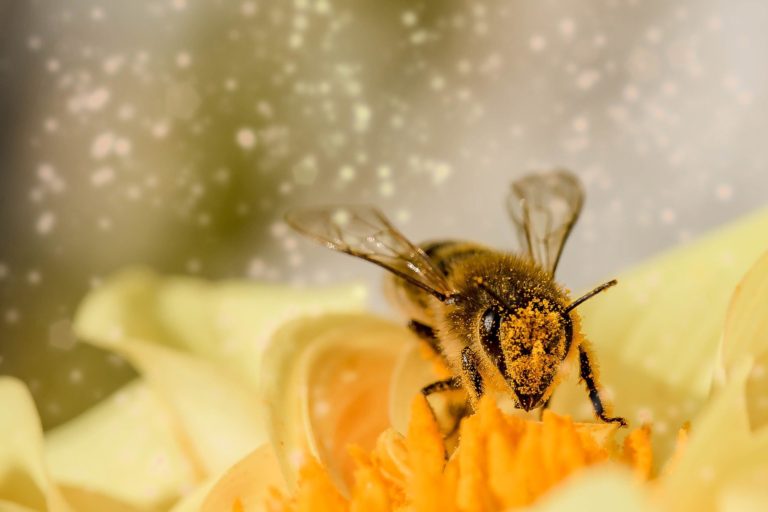This project was a collaboration with Lauryn Howlett, John Jacobs, Wyatt Reynolds, and Allison Uri, in partnership with Wildlands Restoration Volunteers and Ollin Farms in Boulder County, Colorado.
Declining Populations
Agricultural lands cover more than a third of terrestrial land cover, with increasing demand to feed the growing global human population (Garibaldi et al. 2014). The response to increasing demand has been to industrialize agriculture and form large areas of monoculture production heavily supported by pesticide use, while concentrating human populations through increasing urbanization. These actions have been demonstrated to impact pollinator populations by fragmenting pollinator habitat, encouraging an upsurge of invasive species and pathogens, and in the case of pesticides, actively killing insect pollinators (Kearns & Oliveras 2009; Vanbergen and the Insect Pollinators Initiative, 2013). While wide-scale pollinator declines are difficult to quantify and prove due to a lack of data in the past, especially regarding species richness, several studies have found reduced species richness, of wild bees, reduced abundance of butterflies and bumblebees, and declines in wild, feral, and managed honeybees across Europe and North America (Vanbergen and the Insect Pollinators Initiative, 2013).
Pollinators provide many ecosystem services, such as supporting diverse plant life and promoting production of around three quarters of crops, so it is vital that we work to protect them for the future. There is something we can do though! Creating and improving habitats for pollinator species has been shown to combat population decline while benefiting biodiversity of both pollinators and plants (Garibaldi et al., 2014). Additionally, creating habitat through planting diverse native flowering plants and creating more heterogeneity in agricultural fields also increases crop production, cultural services, soil health and carbon sequestration (Garibaldi et al., 2014, Tamburini et al. 2020).
We set out to address pollinator needs and challenges on the Colorado Front Range through educational resources and local implementation.
Key Players to Understand
Habitat for Pollinators on the Farm
We worked with Wildlands Restoration Volunteers and Ollin Farms to implement a pollinator habitat corridor using an alley cropping method. We planted around 450 shrubs and seeded perennials, providing a windbreak for crops and food for pollinators.
Habitat for Pollinators in Your Backyard
For those of us that don’t own a farm, but still want to make a difference, pollinator habitat can be cultivated even in a small place! Below is an instructional video for planting a shrub and an example configuration of Colorado native plants you could plant in your yard to attract and feed pollinators.
This project was presented as a short talk at the 2021 Youth Environmental Alliance in Higher Education (YEAH) International Conference and as a poster for the 2021 Celebrate Undergraduate Research and Creativity (CURC) Conference at Colorado State University, where it won the 2nd place award for the Service Learning category.
